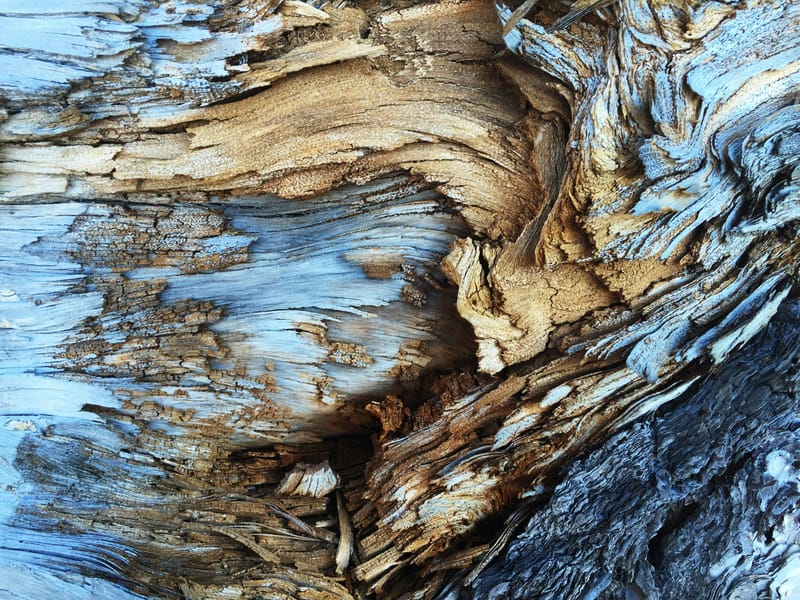The Impact of Texture in Web Design
Texture in web design is a powerful tool that can transform a flat, two-dimensional interface into a rich, visually engaging experience. By incorporating textures, designers can add depth, character, and tactile appeal to websites, enhancing user engagement and creating memorable interactions. This article explores the impact of texture in web design, delving into effective techniques for creating and implementing textures, and examining how they influence user perception and experience. We'll discuss various types of textures, their applications, and best practices for integrating them seamlessly into web designs. Whether you're a seasoned designer or just starting out, understanding the role of texture can elevate your web projects and create more immersive digital environments.Table of Contents:

Understanding Texture in Web Design
Texture in web design refers to the visual and sometimes tactile quality of a surface or material represented on a website. It can range from subtle patterns to more pronounced, realistic representations of physical textures. The purpose of incorporating texture is to add depth, interest, and a sense of tangibility to digital interfaces. Textures can be categorized into two main types: visual textures, which are purely graphical and perceived only by the eye, and tactile textures, which simulate a physical sensation even though they're viewed on a screen.Effective use of texture can significantly enhance the user experience by creating visual hierarchy, guiding attention, and evoking specific emotions or associations. For instance, a smooth, glossy texture might convey modernity and sleekness, while a rough, organic texture could suggest authenticity and naturalness. Understanding these nuances is crucial for designers aiming to create impactful and purposeful web experiences.
Do you need a website? Want to build a website but don't know where to start? Our website builder is the perfect solution. Easy to use, and with the ability to customize to fit your business needs, you can have a professional website in no time.
The Psychology of Texture in User Experience
Textures play a significant role in shaping user perception and experience on websites. They tap into our innate ability to recognize and interpret surface qualities, triggering associations and emotional responses. For example, a website using wood grain textures might evoke feelings of warmth and craftsmanship, while a site with sleek, metallic textures could suggest precision and technology.Moreover, textures can influence how users interact with a website. Subtle textures can make elements more inviting to click or touch, especially on mobile devices. They can also affect the perceived usability of a site; smoother textures often feel faster and more efficient, while more complex textures might suggest a richer, more detailed experience. Understanding these psychological impacts allows designers to strategically use textures to guide user behavior, set the right tone for their brand, and create more engaging and intuitive interfaces.
Techniques for Creating and Implementing Textures
Creating effective textures for web design involves a combination of artistic skill and technical know-how. Designers can use various methods to generate textures, including photography, digital illustration, and 3D rendering. Photoshop and other graphic design tools offer extensive capabilities for creating and manipulating textures. For those looking for ready-made options, numerous online resources provide high-quality texture libraries.Implementing textures in web design requires careful consideration of file size and performance impact. CSS3 offers powerful tools for creating textures directly in code, reducing the need for heavy image files. Techniques like CSS gradients, patterns, and overlays can create subtle textures with minimal performance overhead. For more complex textures, using SVGs or optimized image formats like WebP can help maintain quality while keeping file sizes manageable. It's also crucial to ensure that textures are responsive and scale appropriately across different device sizes and resolutions.
Building a website with SITE123 is easy
Best Practices for Using Texture in Web Design
While textures can greatly enhance a website's visual appeal, their use should be thoughtful and purposeful. Here are some best practices to consider:1. Subtlety is key: Overpowering textures can distract from content and functionality. Aim for textures that complement rather than dominate the design.
2. Ensure readability: Textures should never compromise the legibility of text or the visibility of important elements.
3. Consider context: Choose textures that align with your brand identity and the purpose of the website.
4. Balance with white space: Use textures in combination with clean, open areas to create visual interest without overwhelming the user.
5. Test across devices: Ensure that textures render well and maintain their purpose across different screen sizes and resolutions.
6. Accessibility matters: Be mindful of how textures affect users with visual impairments or those using assistive technologies.
By following these guidelines, designers can create visually rich, engaging websites that enhance rather than hinder the user experience.
The Future of Texture in Web Design
As web technologies continue to evolve, so do the possibilities for incorporating texture in web design. Emerging trends include the use of micro-interactions and subtle animations to bring textures to life, creating more dynamic and engaging user experiences. Additionally, advancements in 3D rendering and WebGL are opening up new avenues for creating highly realistic, interactive textures that respond to user input.The growing emphasis on inclusive design is also influencing how textures are used in web interfaces. Designers are becoming more mindful of creating textures that not only look good but also enhance usability for all users, including those with visual or cognitive impairments. As we move forward, we can expect to see more innovative uses of texture that balance aesthetic appeal with functional design, creating web experiences that are both beautiful and accessible to everyone.





